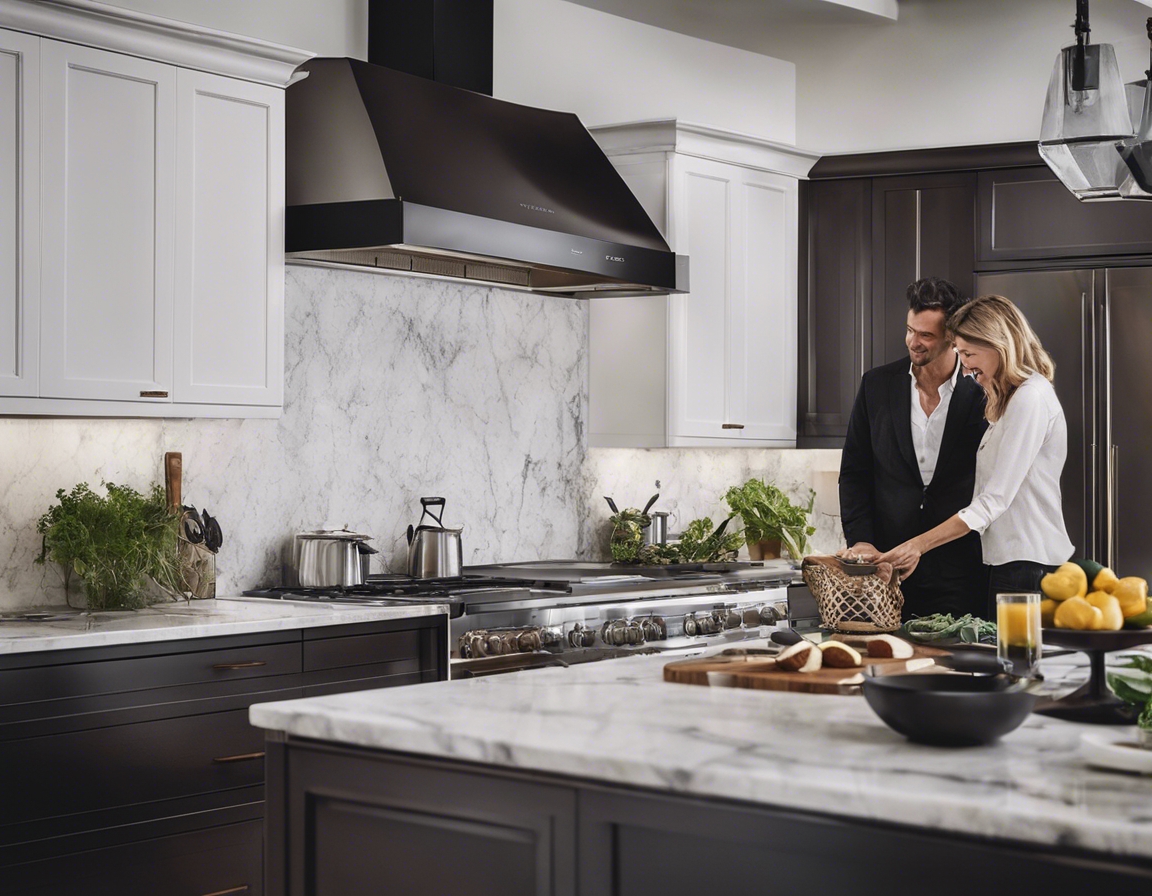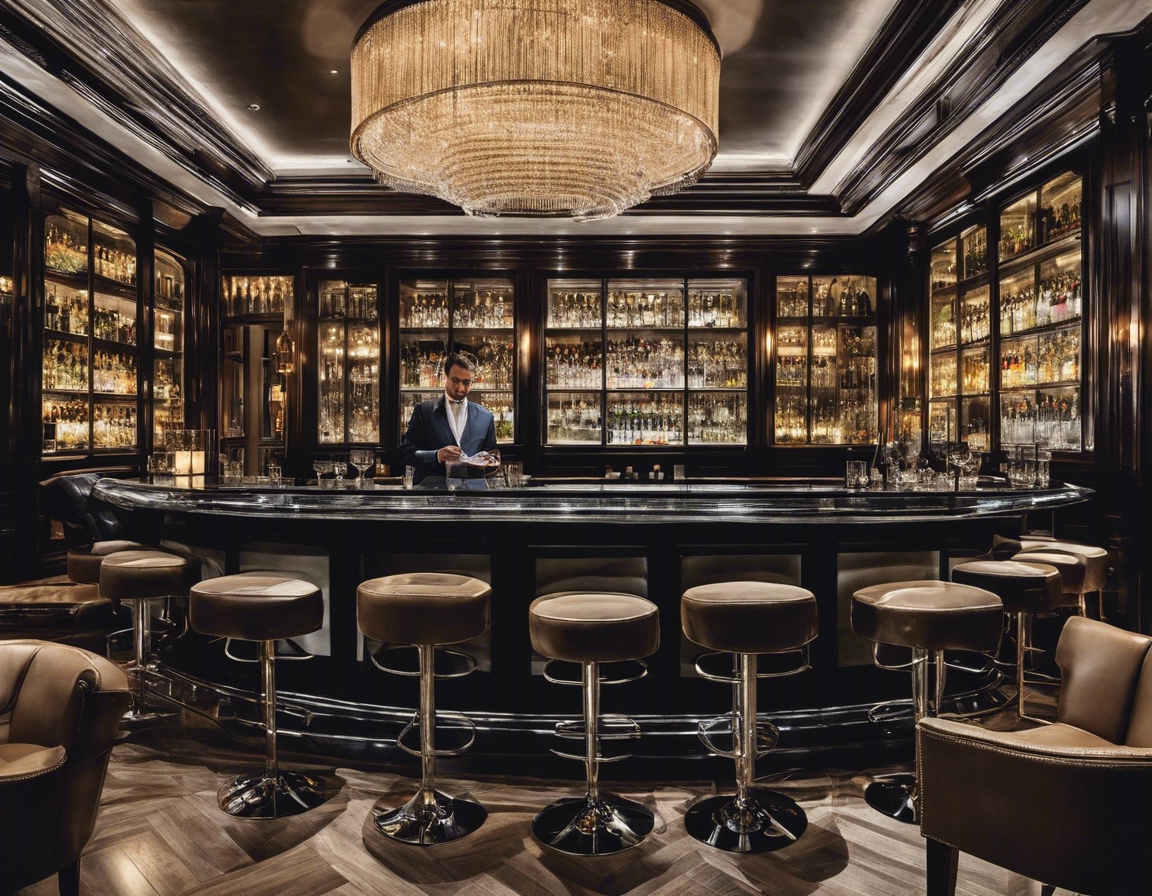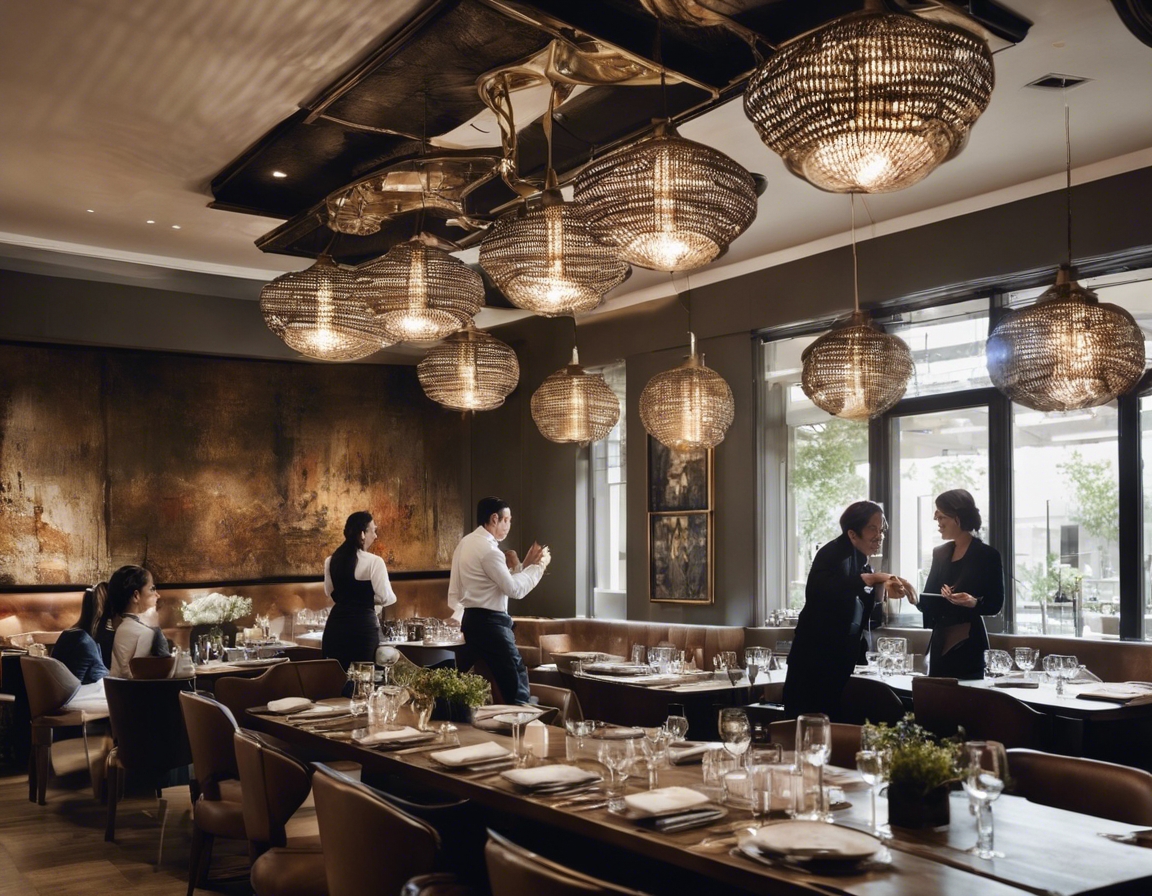5 trends shaping the future of restaurant design
The landscape of restaurant design is ever-evolving, with new trends emerging as responses to cultural shifts, technological advancements, and consumer preferences. In this dynamic industry, staying ahead of the curve is not just about aesthetic appeal but also about creating spaces that resonate with guests on multiple levels.
Trend 1: Sustainable and Eco-Friendly Design
Restaurants are increasingly adopting sustainable practices, from the construction materials they choose to the way they manage waste. Reclaimed wood, recycled glass, and other eco-friendly materials are becoming staples in modern restaurant interiors, signaling a commitment to environmental stewardship.
Energy-efficient appliances, LED lighting, and comprehensive recycling and composting programs are just a few ways restaurants are reducing their carbon footprint. This trend is not only good for the planet but also appeals to the growing number of eco-conscious diners.
Trend 2: Technology-Integrated Spaces
Technology is transforming the dining experience with features like digital menus, online reservations, and contactless payment systems. These innovations enhance customer convenience and streamline operations.
Behind the scenes, technology is also revolutionizing restaurant operations. Inventory management systems, energy management tools, and kitchen automation are helping restaurants run more efficiently and reduce waste.
Trend 3: Open and Flexible Layouts
The modern restaurant is no longer just a place to eat; it's a multi-functional space that can host a variety of events. Flexible design with movable partitions and furniture can accommodate everything from intimate dinners to large gatherings.
Restaurants are blurring the lines between indoor and outdoor spaces. Large windows, retractable walls, and comfortable outdoor seating areas extend the dining experience beyond the confines of four walls.
Trend 4: Personalization and Storytelling
Personalization is key in creating a memorable dining experience. Customizable menu options, interactive dining, and unique decor that tells a story help establish a strong brand identity and foster customer loyalty.
Emphasizing local sourcing and authenticity not only supports the local economy but also gives restaurants a unique selling point. Diners are increasingly seeking out establishments that offer a true taste of the local culture and cuisine.
Trend 5: Health and Wellness Focus
As health and wellness continue to be a priority for many, restaurants are designing menus and spaces that cater to a variety of dietary needs and preferences. This includes offering more plant-based options and allergen-friendly dishes.
Incorporating natural elements into restaurant design, such as plants, water features, and natural light, can enhance the dining experience by creating a calming and inviting atmosphere that promotes well-being.






Comments (0)